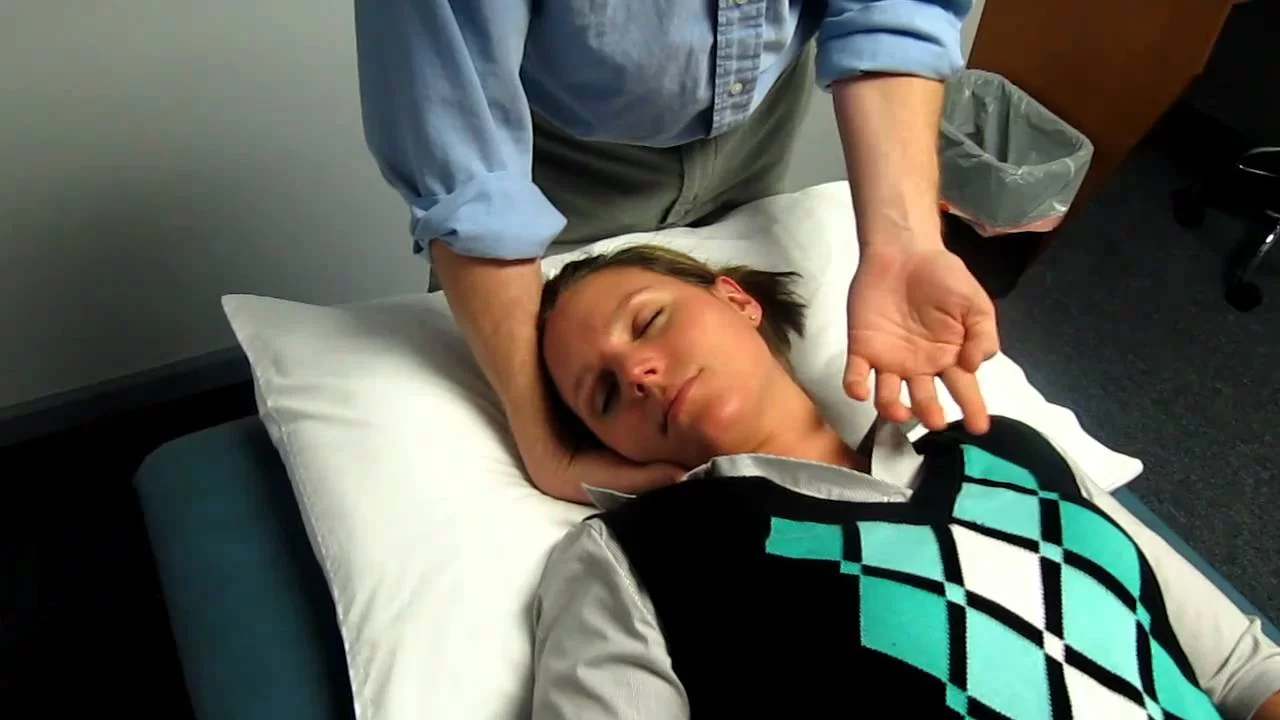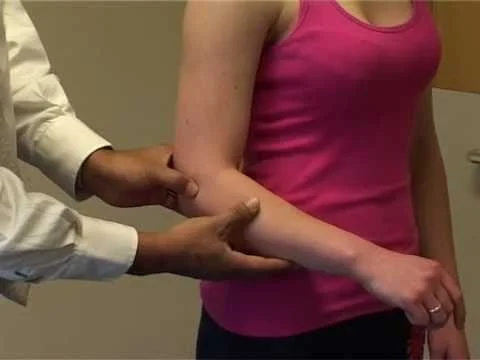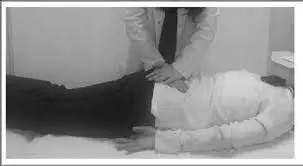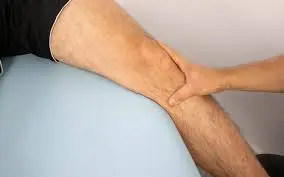Test for First Rib mobility
The first rib mobility test is generally used for an examination of the thoracic spine, the examiner ( therapist ) should always check for the mobility of the first rib when examining the cervical spine.
Mostly if side flexion is restricted and there is pain or any tenderness in the area of the first rib or T1.
This test is used for the clinical evaluation for checking the hypomobility of the first rib.
This test is used by therapists when the patient is mainly complaining about cervical pain.
What is the importance of the test for first rib mobility?
The first rib mobility test is used to check the hypo-mobility of the first rib.
How do you check the Test for first rib mobility?
For the first test, the patient is supine position while fully supported.
The examiner ( therapist) palpated the first rib bilaterally lateral to T1 and placed his or her fingers along the path of the patient’s rib slightly posterior to the clavicle.
While the examiner evaluates the ribs, it assesses the motion of both first ribs as the patient takes a deep breath in – out & any dissymmetry is noted.
While the examiner assesses the first rib on one side and flexes the head to the different side, the rib is felt to move up.
The range of neck-side flexion is noted.
The side flexion is then repeated to the other side & which may result from the two sides being compared.
Asymmetry may be caused by decreased mobility (hypomobility) of the first rib or tightness of the scalene muscles on the same side.
For the second test, the position of the patient is in a prone position & the examiner ( therapist ) similarly palpates the first rib.
Using the thumb, sustained by the other limbs, the examiner (therapist ) pushes the rib caudated, mentioning the amount of motion, end feel & presence of pain.
The other first rib is tested in a similar manner and both sides are compared.
Basically, a firm tissue stretch is felt with no pain, except possibly where the examiner’s ( therapist’s ) thumbs are compressing soft tissue against the rib.
FAQs
The first rib condition is evaluated which can lead to neck and shoulder pain, upper limb paresthesia, and neurological symptoms.
Ask the patient to do deep inhalation and allow your fingers to resist any upward motion produced by the scalenes muscle. If the rib does not up during deep inhalation efforts, it could already be elevated and stuck. for the evaluation, palpate bilaterally by gently springing the rib inferiorly and monitor for movement dysfunction.
First rib mobilization Improves the mobility and position of the first rib. it reduces disturbance of the nerves and blood vessels just below it and can get rid of pain and distress.
If the first rib is out of alignment, that causes symptoms in the neck and shoulders such as trapezius muscle pain, spasms, jaw pain, and even tingling, and numbness. the physiotherapist can be examined the first rib dysfunction by palpating the area.






